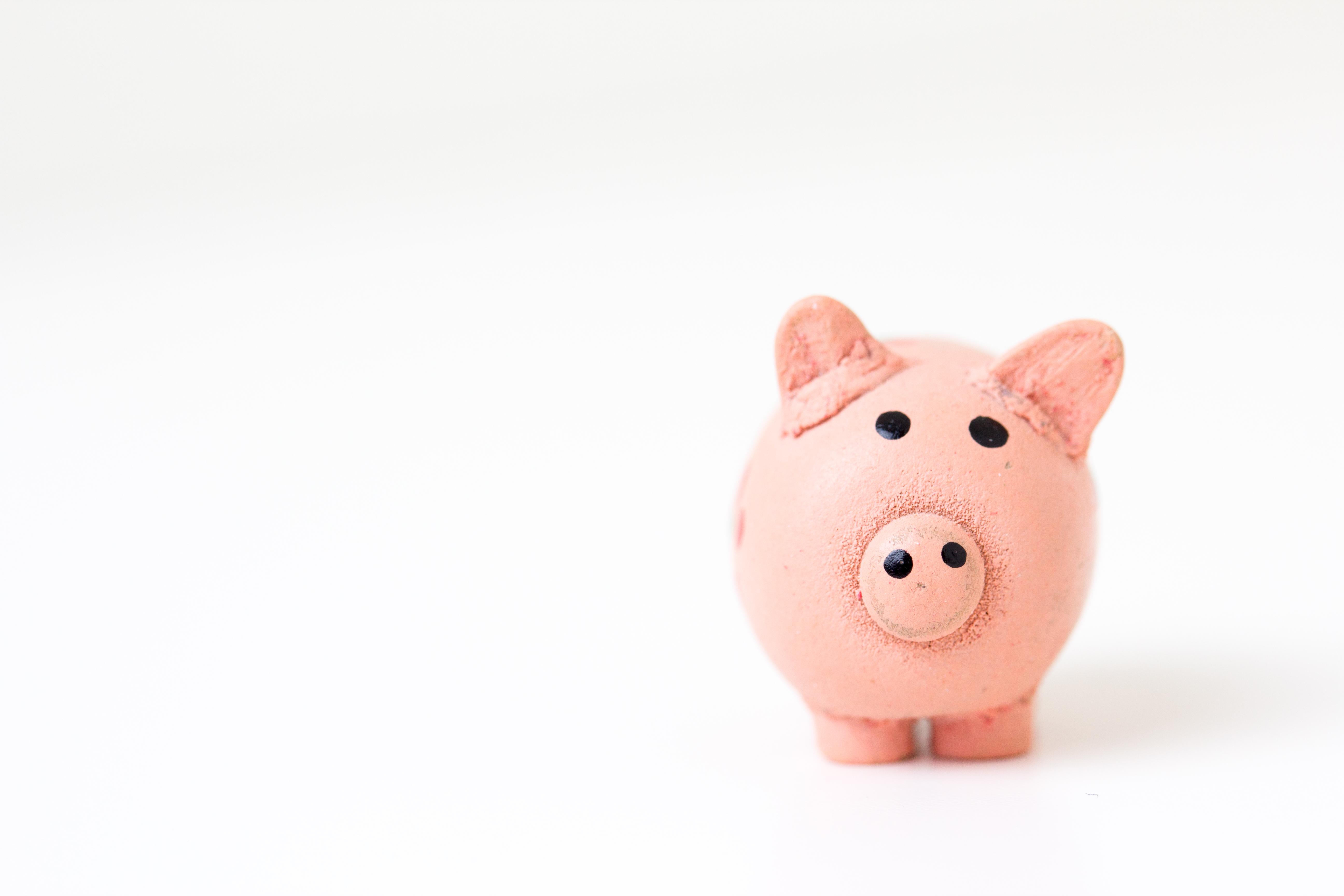Understanding Good Debt Vs. Bad Debt

Debt can allow you to enjoy something awesome (and expensive) before you fully pay for it. Without debt, you may have a hard time buying things like homes, cars or getting an education.
But there is a temptation with debt to misuse it by either by borrowing too much, borrowing on bad terms or borrowing for the wrong things. And after the recent economic downturn, it is obvious that lenders are no help in steering borrowers down the right path.
So let’s talk about what constitutes good debt, and how to avoid bad debt.
At GoldBean we define good debt as having two qualities: it has a low interest rate and it buys you something of value.
We’ll look at different kinds of debt and see where they fall in the range of good to bad debt.
Mortgages
Let’s start with the best debt. The best debt out there is a fixed rate mortgage. Interest rates on mortgages usually have the lowest rates of all debt. And when you pay off your mortgage, you’ll own a house, which (we all hope) will be worth at least what you paid for it. So you win with a low interest rate, and you win by buying a valuable asset. Just make sure the payments are manageable.
Variable rate mortgages rank a little lower than fixed rate mortgages only because they are unpredictable. They may have lower current rates than fixed rate mortgages, but there is no way to tell what the rate will be in the future. If rates ratchet up, holders of variable rate mortgages could have trouble making their payments. Borrowers of variable rate mortgages need to make sure they have enough spare income to cushion for possible future rate increases.
And avoid any exotic mortgages like interest only loans. They tease borrowers into signing with low initial payments then crush them when the teaser rates ends.
Car Loans
A small step down are car loans. Car loan interest rates can sometimes be lower than mortgage rates. But, when you buy a car, it loses its value very quickly. So the asset you buy will not be worth what you paid for it. But your car does retain some value, and if it comes with a low interest rate, so it can still be considered good debt. Also make sure you look at used cars. They can often be a better value. Just make sure that if you finance a used car, don’t do it thought small self-financed used car dealers who use title loans. Just watch John Oliver so see how terrible these lenders are.
Federal Student Loans
Federal student loans can also be considered to be good debt. Although you can’t actually put a price tag on what you gain from a college education, there is undeniable evidence that you will be significantly better off financially with a college education. Federal undergraduate loans are usually quite low. So again, you get something of value at a low interest rate.
As a side note, some state and private loans can have severe restrictions with respect to repayment, rate reductions and forgiveness, so they can often fall into the bad debt category. The Consumer Financial Protection Bureau has a fantastic student loan website to help you sort out student loans, financial aid and student loan repayment.
Home Equity Loans
Now we get into a grey area. Home equity loans. These are loans you take out against the value of your house. They are usually about 2 or 3 percentage points higher than fixed rate mortgages. Which is relatively low. But defining them as good or bad debt depends on what they are used for. Often times it is to renovate a house, which can add value to your home. Which is great. Other times it is used to consolidate higher interest debt into a lower interest loan. Which is also great. But a Discover Home Equity Loans survey found that the number one reason Millennials (30-34) take out a home equity loan is for… vacations! Ouch! We’d consider that bad debt.
Credit Cards
And so now we get to the bad: Credit card debt. Credit cards come with high interest, (right now the average is 16%), which usually pays for things that hold no intrinsic value (food, movie tickets, beer, shoes…). And if you miss payments and activate your penalty rate, your interest rate could double. Because the interest is so high and you get so little financial value from the purchases you make, it makes little economic sense to carry credit card debt. So try to avoid carrying credit card debt if you can. And if you need to use a credit card to pay for a one-off high cost expense (medical bill, airline ticket, new television), make sure you have a plan to pay it off as quickly as you can.
Payday Lenders
And now for the ugly: Payday lenders. They charge exorbitant interest and fees (some are over 300% interest). And 70% of payday borrowers get another loan to pay off the first loan. The debt spiral, fees and fines can be horrible. So stay far, far away from payday loans.
So, if you are carrying debt, make a plan to pay down the highest interest debt first. You’ll have more money in your pocket each month that will no longer go to huge interest payments. Use this handy debt reduction calculator to make a debt reduction plan.
And make sure you shop around! It’s crazy, but almost 50% of Americans don’t comparison shop for mortgages. A half percent reduction in your interest rate will save you thousands of dollars in interest over the life of your loan.
So try to stick to the good debt and avoid the bad!





